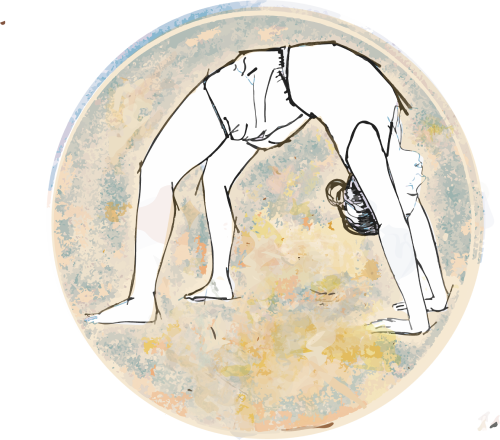[vc_row][vc_column][vc_column_text]The chapters, the content and the subject dance together to set a good pace, punctuated with appropriate pauses it makes an easy read of a difficult topic. Mr. Iyengar’s resplendence is in full colour and it has no shortage of visual and grandeur.
The chapters are arranged in logical groups such as “Yoga and Life”, “The Tree and its Parts”, “Yoga and Health”, “The Self and its journey” and “Yoga in the World”. Each group with not more than 11 topics and the length of each topic from 1 to 5 pages. It is a concise dictionary on the run for all. In the chapter “The Tree and its Parts” Mr. Iyengar compares the various parts of the tree with the eight limbs of yoga with piercing simplicity.
“The Tree of Yoga” contains insightful interpretation of hindu iconography and stories around them. The churning of the ocean by the demons and angels for ambrosia is likened to the breath cycle; in another instance the story of Ravana is retold – the one obstacle he is unable to cross even after the blessings of Lord Shiva is explained in the context of explaining asteya (non-covetness – This one struck a personal chord).
This wonderful short piece of yoga literature informs you of Patangali’s yoga sutras and leans on the practice of Asana, this word is mentioned only once in the yoga sutras but has sparked great learning in the previous five decades spear headed by Mr. B.K.S.Iyengar. This practice centric thinking will make the reader wise and the practice of Asana deeper.
A slim yet grand classic that will remain in your minds when weightier and more esoteric tomes have faded from memory. In my opinion it is “The catcher in the rye” of yoga literature.[/vc_column_text][/vc_column][/vc_row]


